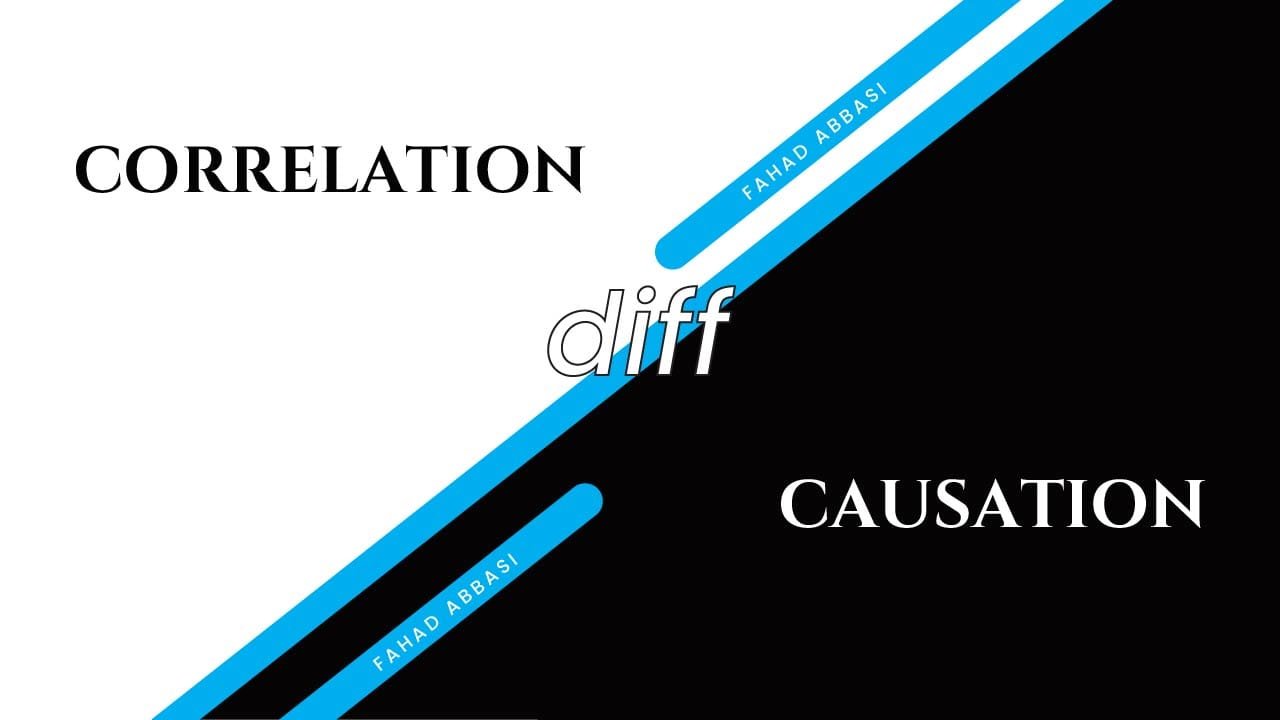Table of Contents
ToggleCorrelation and Causation
In this massive monarchy of marketing, reviewing the relationship between correlation and causation is essential in making informed and formulating effective strategies. It can help you distinctively grow your business. Correlation involves spotting connections between variables (refers to a measurable factor that can vary or change), while causation seeks to prove a cause-and-effect affiliation. Both Correlation and Causation are powerful tools for a marketer as correlation helps them identify patterns, relationships, and associations between variables, it helps you identify the initial steps of data analysis by providing valuable insights into the marketing context while on the other hand, Causation is establishing a direct relationship between variables.
Correlation in Marketing Realm
Let us break this into simpler words and explain to you with examples. As we have already mentioned Correlation is all about connections between different variables. For example, a marketing expert is examining the relationship between the website traffic of an online store and the social media engagement of the same store. After analyzing everything for a month they collect a really positive response. That means as the level of engagement on social media increased their website traffic also increased. The company can take out the result as that investing in social media posts is relevantly helping their sales go sky high.
However, it’s important to note that correlation does not create causation. In this example, the correlation does not prove that social media engagement directly causes an increase in website traffic. Other factors, such as the quality of the website content, search engine optimization, or external marketing campaigns, could also be influencing website traffic autonomous of social media engagement.
Causation in Marketing
A company decides to check out the impact of increased prices on their sales. They conduct an experiment where they choose two groups of their customers. Let us name the first group A and the second one B. The company is selling its product to Group A with the same old prices whereas the prices have been effectively increased for Group B. After a certain amount of time, they checked the sales performance of both groups and found out that Group B with increased pricing had gained fewer sales than Group A with same prices.
By conducting this experiment the company was well aware of the insights where the sales decreased because of increased pricing.
In summary, correlation examination in marketing can help identify relationships and patterns between variables, such as the correlation between social media engagement and website traffic. While correlation provides valuable insights, further investigation is essential to establish causation and confidently attribute outcomes to specific marketing actions or strategies.







